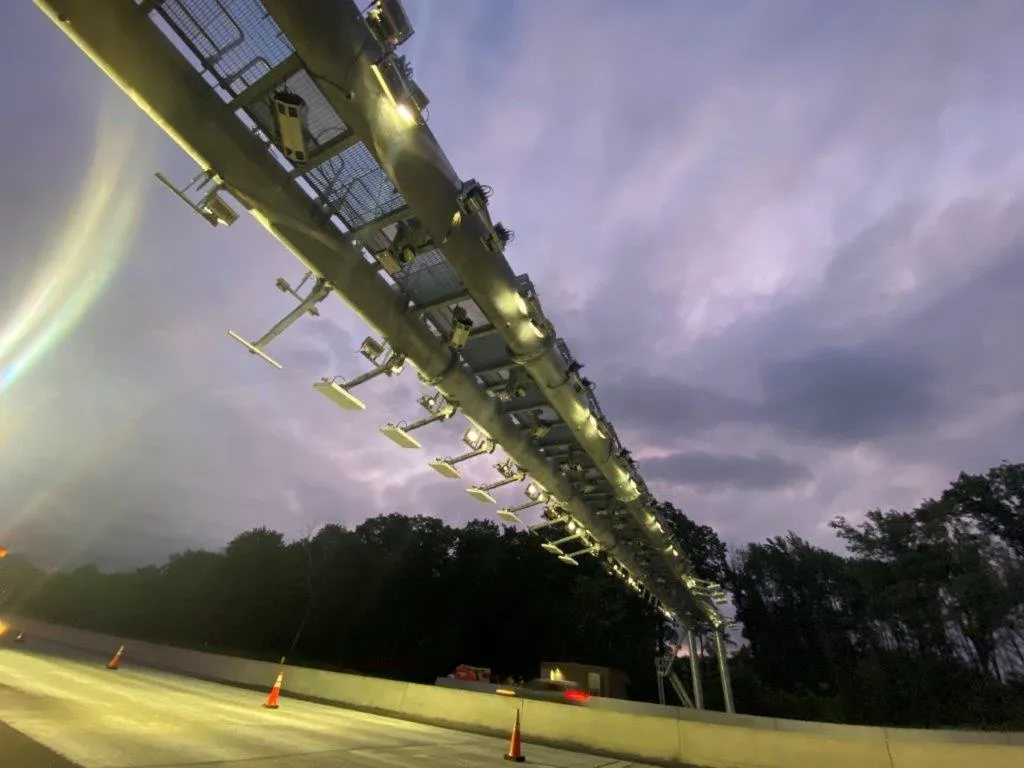Launched in August 2013, the electronic tolling system installed in Belarus by Kapsch has seen a high level of use, with the number of registered users to date standing at approximately 160,000. This high usage has lead to the system being extended by 118 kilometres from January 2014.
The expansion covers a segment of the M4 Minsk to Mogilev road, which will increase the total length of the Kapsch-operated toll roads in Belarus to 933 kilometres; an additional eleven tolling and enforcement gantries will
January 6, 2014
Read time: 1 min
Launched in August 2013, the electronic tolling system installed in Belarus by 81 Kapsch has seen a high level of use, with the number of registered users to date standing at approximately 160,000. This high usage has lead to the system being extended by 118 kilometres from January 2014.
The expansion covers a segment of the M4 Minsk to Mogilev road, which will increase the total length of the Kapsch-operated toll roads in Belarus to 933 kilometres; an additional eleven tolling and enforcement gantries will also be installed.
The system is based on dedicated short-range communication (DSRC) and operations are scheduled for a period of twenty years.
Since its implementation, the number of monthly electronic tolling transactions rose to 169,000 in November 2013, hitting a peak of 176,000 in October 2013. The system is able to handle multi-national transactions; vehicles from Belarus, Ukraine, Lithuania, Poland and Russia have all registered to use it.
The expansion covers a segment of the M4 Minsk to Mogilev road, which will increase the total length of the Kapsch-operated toll roads in Belarus to 933 kilometres; an additional eleven tolling and enforcement gantries will also be installed.
The system is based on dedicated short-range communication (DSRC) and operations are scheduled for a period of twenty years.
Since its implementation, the number of monthly electronic tolling transactions rose to 169,000 in November 2013, hitting a peak of 176,000 in October 2013. The system is able to handle multi-national transactions; vehicles from Belarus, Ukraine, Lithuania, Poland and Russia have all registered to use it.







